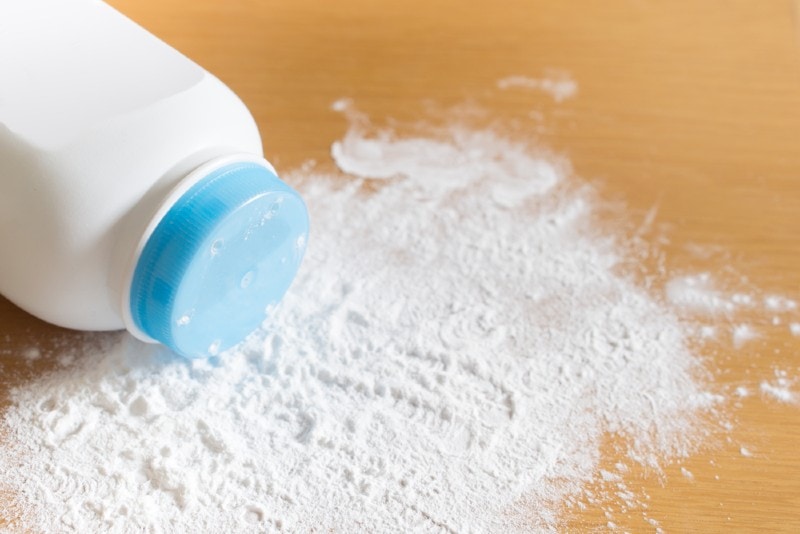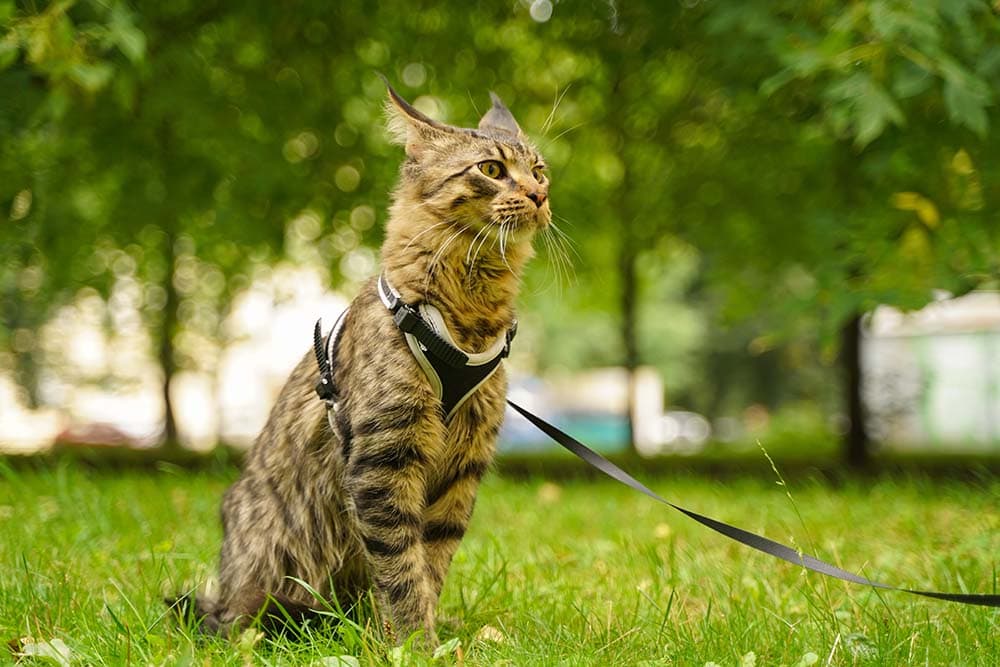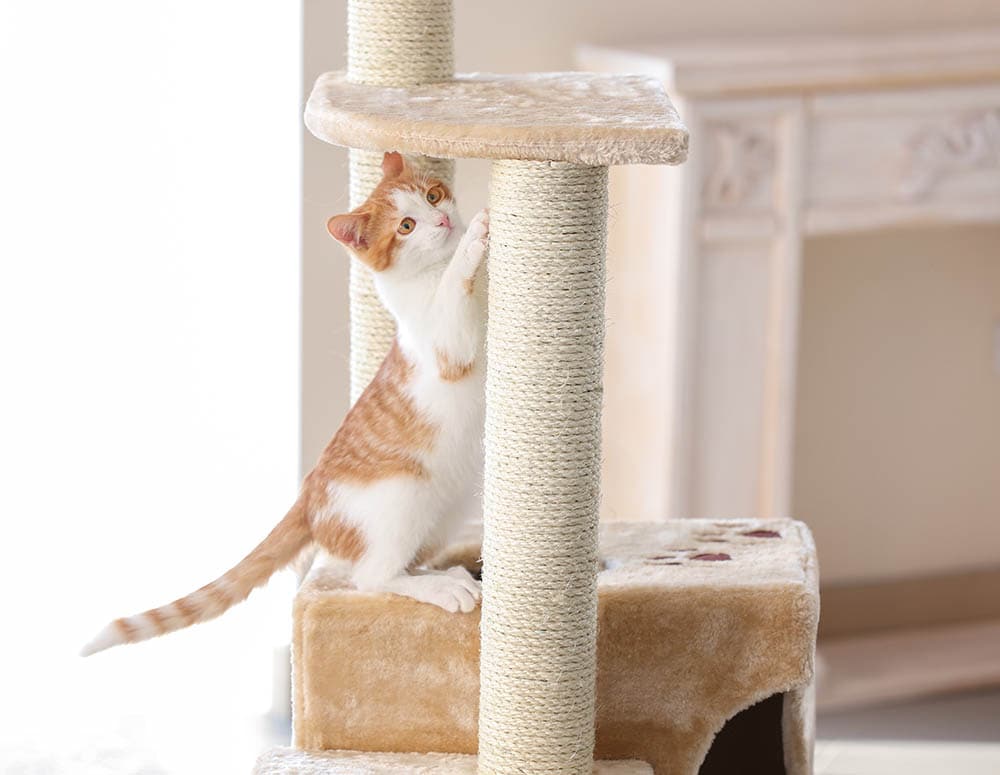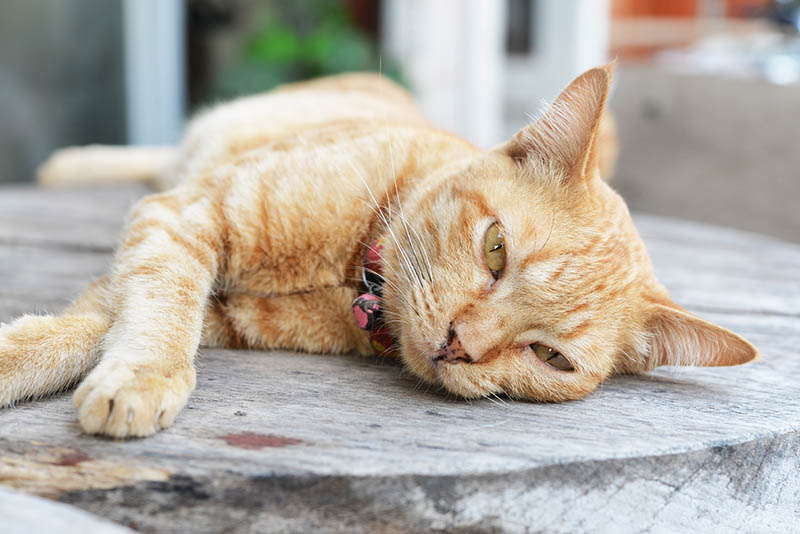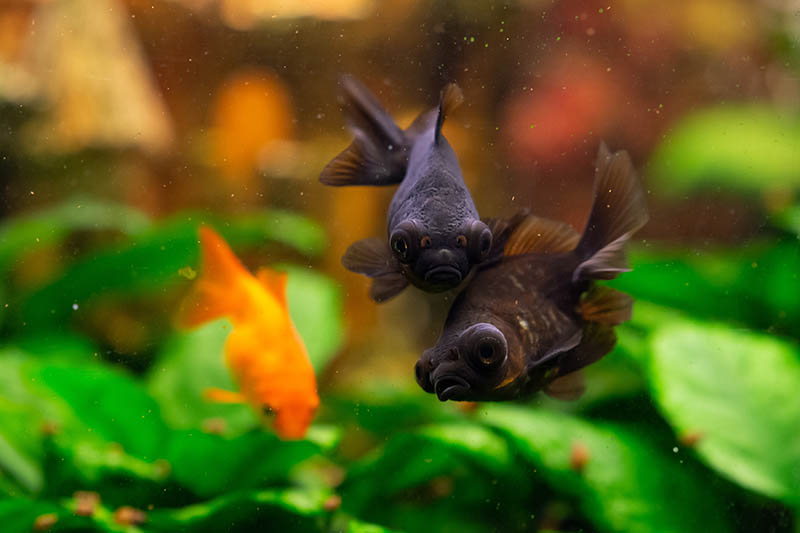Why Won’t My Cat Drink From Their Water Bowl? 8 Vet Reviewed Reasons
By Beth Crane
Updated on
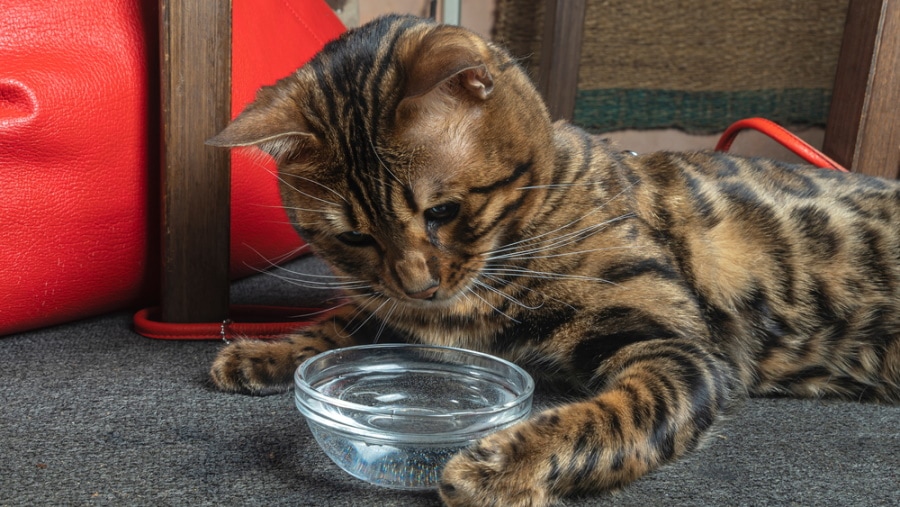
Cats need water just like any other living thing, and cats of all ages need to get enough water as urinary and kidney problems can arise from too little of the essential substance. Cats gain all the moisture they need from small prey and natural water sources in the wild, but housecats can suffer from dehydration if they don’t drink enough.
What if your cat does not want to drink from their bowl, and you would like to encourage them to drink more? Read on to find out the likely reasons why your cat is not drinking from their water bowl and what you can do to encourage them to drink more water.
The 8 Reasons Why Cats Won’t Drink From Their Bowl
1. Their Bowl Is Too Small
Cats have a special organ to judge depth and the space around them: their whiskers. They are often perceived as just long hairs, but that could not be further from the truth. Whiskers, or vibrissae, are incredibly sensitive and tell your cat a lot about their environment using tiny vibrations and touch.
When your cat’s whiskers touch the sides of their bowl, it can be jarring and unsettling, and they may feel as though their head will get stuck inside it.

2. They Can’t See the Water in the Bowl
Cats are predators by nature, and because of this, they have biological features to make hunting prey easier. A relevant example is their eyes; the cat’s eyes are at the front of their head, giving them better distance vision. However, it means their depth perception and “close” vision are inferior (including the fact that they have a blind spot in front of their noses).
This may make it hard for your cat to see that they have water in their bowl, which may be why some cats prefer to hear their water (via a running water fountain) rather than look for it.
3. They Don’t Like the Taste
Cats have incredible taste buds that can taste water, which humans do not have (not at the same level, anyway). That means that any subtle change in the water, such as bottled vs. filtered vs. tap, will affect the taste and potentially cause your cat to ignore its water bowl.
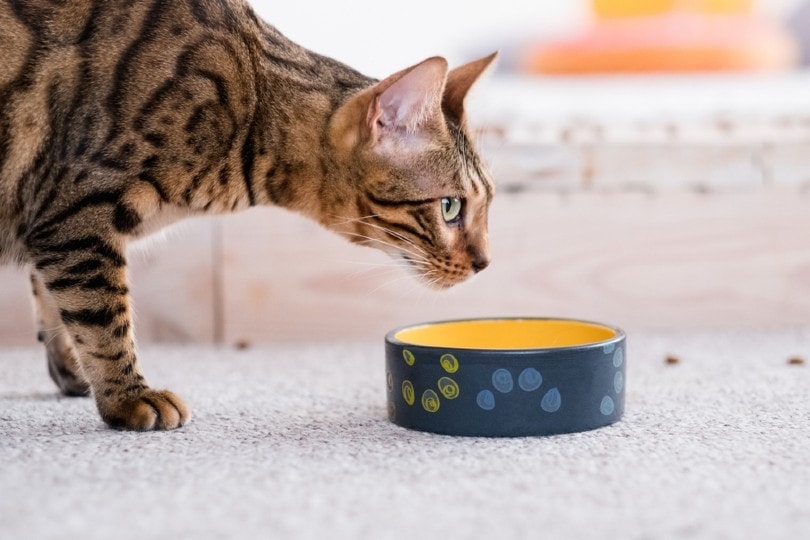
4. Your Cat Might Prefer Running Water
Leading on from our last point, cats have excellent hearing and can often hear objects or moving entities before they can see them. Why do you think they come running when they hear the can opener?
This also translates into running water, as cats in the wild would look for running water sources. Not only can they hear a brook or stream, but they can also identify running water as less likely to contain bacteria (as stagnant water typically does), so this preference may stem from an innate survival behavior.
5. The Location of The Bowl Is Unsuitable
Just like you would not like to eat in a toilet, the same goes for your cat. Never place their water bowl (or food) next to their litter tray. Offer more water stations around the house to encourage your cat to drink. This may seem obvious, but it can easily be overlooked when trying to encourage your cat to drink.

6. The Water Is the Wrong Temperature
Just like people, cats have individual personalities and preferences. Some may prefer fresh water from the tap, and others may be content to drink out of any container. Some cats may not be drinking from their bowl simply because the water is too warm or not cold enough.
You should never give your cat hot water to drink, but cooler water may be needed to encourage it to drink. Cooler water for a cat often means it’s less likely to be stagnant, so an ice cube or two could alleviate the issue.
7. Their Bowl Is Not Clean
This point might be misleading, as even the cleanest bowl may have your kitty turning its nose up. The bowl may need a good wash due to the dirt and debris that can collect in water bowls, but any residue left from cleaning products such as dish soap (however small an amount) can also be a significant deterrent to your cat and its super taste buds.
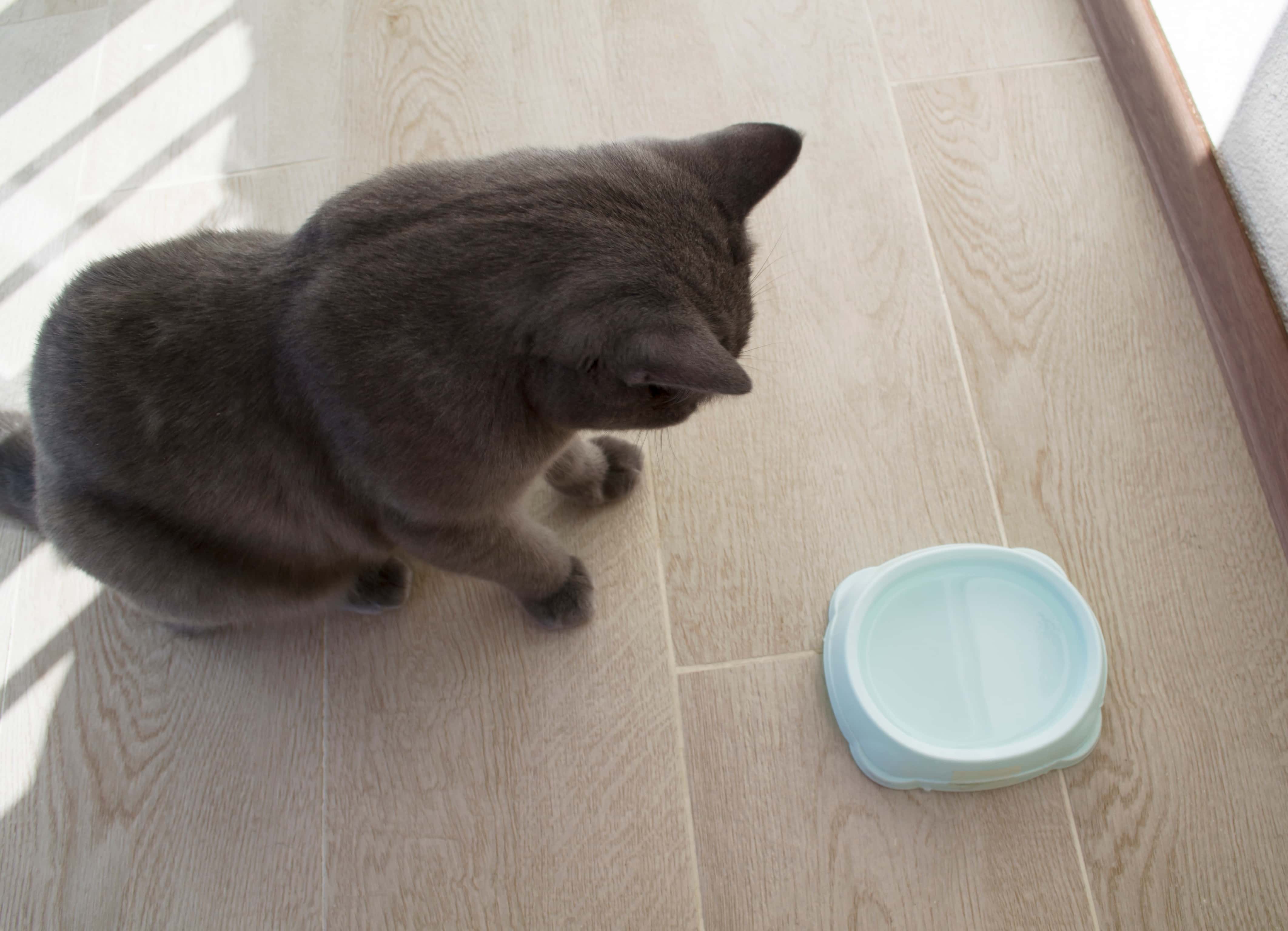
8. They Might Be Unwell
If your cat does not drink enough water, it’s at risk of dehydration. You must take your cat to the vet if they’ve not been drinking, as dehydration will lead to medical issues. An absolute reluctance to drink typically means an underlying illness that needs treatment. Dental or oral problems, pain, trauma, or injury can cause your pet to stop drinking, so please don’t hesitate to take them to a veterinarian if you suspect they haven’t drunk water for some time.
How Can I Encourage My Cat To Drink More?
Water fountains can really help your cat drink more water, but finding the right one can be a challenge. Our Hepper Stainless Steel Cat Water Fountain will keep your cat safe and hydrated with its advanced triple filtration system and large capacity. It's easy to clean in the dishwasher and offers three different flow modes and an automatic shutoff.
- Premium 304-Grade Stainless Steel - This metal cat water fountain is hygienic, with superior...
- Serene & Healthy Cat Drinking Fountain Experience - With whisper-quiet pumping & an advanced...
Cleaning fountains or bowls regularly and refilling them with cool water is another small addition that could significantly affect your cat’s water consumption. Moving their water source away from their litter box and offering several drinking stations in your home is also a good idea since cats will not stop to eat or drink if they feel threatened or stressed by their environment.
What Happens if a Cat Doesn’t Drink Enough Water?
Unfortunately, cats sometimes suffer from kidney disease and urinary issues, partly due to how their bodies process and concentrate urine. Because cats typically get a lot of the moisture they need from their prey, they sometimes don’t feel the urge to drink.
This can cause dehydration, which is dangerous enough on its own, but it also concentrates a cat’s urine, which can cause a much more painful and fatal problem to arise: urinary stones and blockages.
Uroliths, or bladder/urinary stones, are tiny stone-like crystals composed of minerals. These stones, along with more mucus made by the body as its tissues are irritated by the stone, can block a cat’s urethra.
When this happens, the cat cannot urinate, and urine backs up, causing them to build up toxins. The kidneys can then fail in a matter of hours. While it may seem trivial to give your cat a different bowl or leave an extra glass of water out for them, it could prevent all sorts of tragedies.
Conclusion
As we have discussed, cats have many natural adaptations that may not work as intended while living indoors. This may mean they don’t drink as much water as they’d like, leading to preventable health problems down the road and a lot of worry and pain.
Simple yet effective solutions like adding an extra bowl of water to your cat’s stomping grounds or providing a water fountain can entice your cat to drink the amount of water they need to stay healthy.
Read More:
- How to Get a Cat to Drink More Water: Vet Approved Tips
- Why Does My Cat Cough After Drinking Water? 7 Vet-Reviewed Reasons
Featured Image Credit By: kalyanby, Shutterstock



